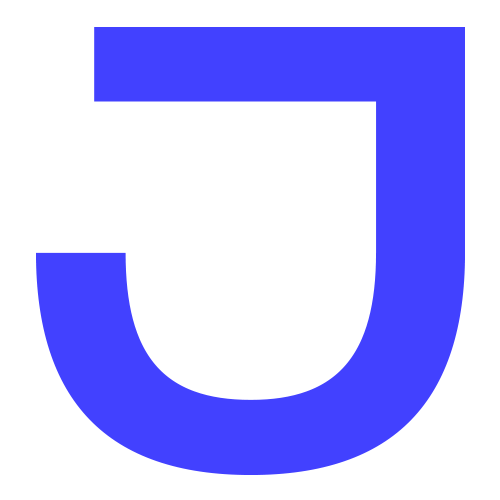
CLIENT
Global Risks Team,
World Economic Forum
YEAR
2020
SKILLS
Strategy
User Experience
Creative Direction
Web Design
Creating a digital tool for a leader in the Risks Economics space
Each year the World Economic Forum’s Global Risks research team conducts an Executive Opinion Survey engaging business leaders from around the world on their perceptions of the top global risks.
This year the Global Risks team wanted to rethink their typical printed report and transition their findings to a digital tool that will enable users to acquire, play, and analyze the data digitally.
Originally available as a printed report and digital long-form article, it was becoming harder to measure the spread and efficiency of the information and its medium. A key goal for this project was to effectively measure impact while making the research more accessible and digestible.
As the creative lead on the project, I worked closely with the research team and our dev team to create an overall strategy, build the user experience, design a visual system and oversee implementation.
GETTING STARTED
The project kicked off in early August 2020 and we were given a 2-month timeline that included discovery, strategy, execution, and handoffs.
During our discovery phase, we worked with the Global Risks research team to explore the product’s history and understand their own research on performance and engagement. We conducted stakeholder interviews across the organization selecting leaders on internal teams that contribute to their research, use it to build their own projects, and external partners supporting their work. Lastly, we relied on existing research to inform us about the users and their existing user journey, then conducted deep-dives and ‘Hopes & Fears” sessions to understand where we want to evolve the journey and strengthen it in a digital version.
Foundation
- What are key user behaviors, mindsets, pain points and opportunities?
- How do those user behaviors map to the brand and product goals?
Definition
- What does the experience need to deliver across a journey within the various ecosystem touch points?
- What are our immediate priorities to pursue vs. long-term priorities?
Execution
- How does the journey come to life for the user?
After gaining an understanding of the existing product, primary task flows, the target audience, and technical constraints, we structured our strategy and design process.
OUR USERS
The work of WEF’s Global Risks research team targeted and attracted media and journalism professionals, private-sector business leaders, and public-sector officials from around the world. In addition, we knew that there were many more user groups, like academia and civil society, who visit our report sites as well. For our target users and additional users, there is a range of connectivity and tech-savviness to account for. From our research, we also knew…
They care deeply about the data
All of our users build on our research and insights and use it to inform their own projects, media content, and business practices. They either drop in to the research to quickly get specific data points and/or read the full report to further identify patterns specific to their own work
Empowered to look closer
Media and private sector professionals often question the data and engage the organization for opportunities for discourse around the research.
Needs to immerse themselves
Our research has various user journeys centered on the users location, profession, and their intended output. All users value being able to go deep in the data and visualizations to mine the aspects that are specific to them.
PRIMARY GOAL
We prioritized giving the data center stage and created a one-page web experience that was unobtrusive and reduced distractions to lend deep focus on the work at hand. We structured the product for increased utility and improved ease of use, which would heighten retention in the WEF ecosystem.
USER EXPERIENCE
After our discover and strategy sessions we established a proper information architecture and user flows for the one-page site.
Challenged by the fact that we couldn’t get direct access to our end-users, we condensed down our IA into low-fidelity wireframes that we tested with internal teams that work directly with our end-users to get a theory around the usability.
We iterated towards hi-fidelity wireframes and then prototypes to further address some of the design objectives and tested with our partners, stakeholders, and again with internal teams that work with our end-user to evolve the user flow and tweak the wireframes.

A FUNCTIONAL IDENTITY
Reviewing our established products from previous years, we wanted to revamp the look and feel while maintaining our brand credibility in this space. We knew that readability and maximum scalability were top priorities given the global users that will find their way to the digital tool.
Once we had an identity for the project name, the next step was to develop a functional visual system. It needed to help visitors digest the data sets and better organize the different layers of information so they can share it with the general public through media or with their own colleagues.

While each user group will have different goals and pathways throughout this page, our solution needed to be relevant, intuitive and as robust as possible for all perspectives.















